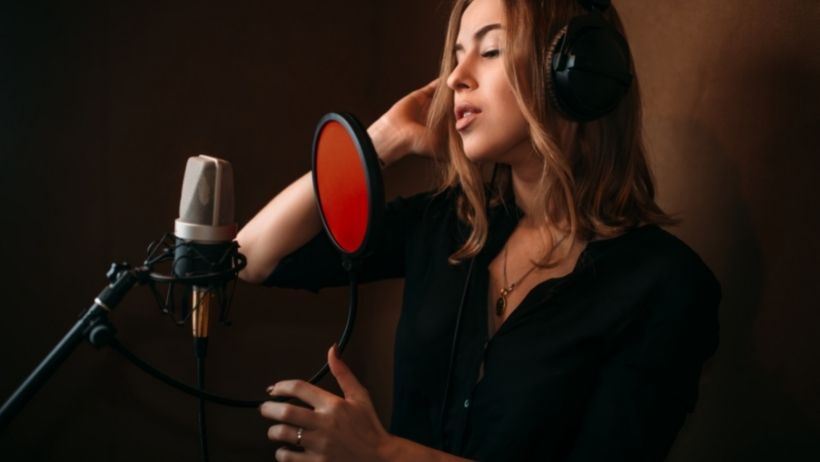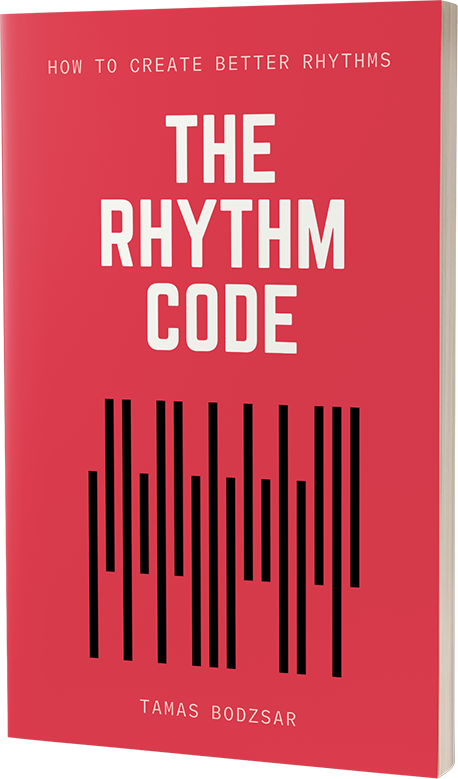
R&B is one of the most popular genres on the planet. However, R&B can mean a lot of completely different styles. Over time, R&B songs adopted the elements of pop, hip-hop, and EDM, and they became more and more simple. So if we go back in time, we can find very different sounding songs in every decade that are still considered to be R&B songs. In this article, I will write about how you can write a contemporary R&B song.
What is R&B
R&B originally stands for Rhythm and Blues, which comes from the 1940s. Rhythm & Blues was a genre that was a combination of blues, funk, soul, and even jazz. On the other hand, contemporary R&B, which started in the 1990s, is more of a combination of hip-hop, pop, and EDM. Some of the most famous contemporary R&B artists are Ne-Yo, Beyoncé, Ariana Grande, Chris Brown, Nelly, Rihanna, Alicia Keys, Akon, and Mariah Carey.
For the past few years, there are a few new r&b artists who make extremely simple, repetitive songs that seem to have high popularity. These artists use synth drums or samples, pitch-corrected vocals, and overly repetitive melodies. For me, these songs don’t make sense from a songwriting perspective. (In other words, you don’t need much talent or knowledge to create these kinds of songs.) But there are some good examples amongst today’s new songs too, so I try to bring examples from those songs.
What instruments are in R&B
What makes an R&B song is mostly the instrumentation and the arrangement. While in traditional R&B songs they used only acoustic instruments, in contemporary R&B they use mostly digital instruments or samples. An R&B song is extremely simple in instrumentation. There are only four main parts of the instrumentation: drums, bass, vocal melody (the “topline”), and some light synth that provides the chords. That’s it.
However, if you prefer traditional instrumentation with acoustic instruments, feel free to use them in your arrangements. And the truth is, there are no strict rules in songwriting. Many people mix styles and genres with each other, and in fact, that’s how you can create something unique. R&B can be mixed with pop, soul, jazz, funk, or even Latin.
R&B drum beats
The drumbeat is the most important part of an R&B song. It is what really creates the groove for the song. The two important sounds are the bass (or kick) drum and the snare. Any other sounds, like hi-hat or other percussions, are only for “decoration”. Only the bass drum and the snare really determine the drumbeat.
The role of the snare is really simple. It provides a constant beat on the 2 and 4. This is not a unique feature of R&B, the snare plays 2 and 4 in 99% of the songs in popular genres. Traditionally there was a drummer in the band who played this sound on a snare drum, and in many cases, they still use snare sound samples today. But sometimes it’s not even a snare drum. Sometimes they use sound samples that sound very similar to a snare drum hit even though it might be just a noise. This mostly comes from EDM. And sometimes, in R&B songs, the 2-4 beat is not a snare drum but a finger snap.

The bass drum (traditionally called a kick drum because the drummer plays it by kicking a pedal with his foot) can be busier and more creative. However, if you listen to some R&B songs, you realize that the rhythm of the bass drum is almost the same in every song with some slight variations.
The bass drum always plays on the first beat of every bar or every second bar. And there are really no rules for what other notes the bass drum can play. The most simple solution is if it only plays on the first beat of every bar. (Or it plays on the 1 and 3, depending on how you count the beats!) For example, you can hear this solution in the song “Lonely” by Akon.


If you add one more note to the bass drum on the second beat in the second bar, you can create a groove that is a little bit more complex. This is not a one-bar groove anymore but a two-bar groove. There’s only a tiny difference but it sounds much better. (Compared to the previous picture, I illustrate this one in half-tempo.)

However, this can sound boring, and most of the time, the bass drum plays a more sophisticated rhythm. Playing all the notes on the downbeat is too simple and boring. That’s why playing some of the notes on the upbeats can make your beat more interesting. For example, if you put the bass drum in the second bar one place earlier, it creates interesting anticipation. Again, it’s only a tiny difference, but it makes your drum beat less boring. In fact, this drumbeat is one of the most used beats in R&B and hip-hop. You can hear it in “With You” by Chris Brown, and in “Umbrella” by Rihanna.

Chord Progression
I already made a complete article about r&b chord progressions before. The truth is, the chord progression alone doesn’t determine the genre or the style, so in theory, you can use any chord progression you like. However, most of the time, r&b chord progressions are really simple. You can start as few as two chords, and there are many songs that only use only two chords. For example, the songs “White Iverson” by Post Malone, or “Closer” by Ne-Yo have only two chords in the entire song. But using only two chords can be boring, and most r&b songs utilize three or four chords. In fact, if you want to write a radio-friendly hit song, you probably shouldn’t use more than 4 chords in the entire song.
Many songwriters use the sound of seventh chords or even extended chords when they write an r&b song. Some of the examples are “That’s What I Like” by Bruno Mars, “White Iverson” by Post Malone, “Say So” by Doja Cat, “Positions” by Ariana Grande. Using seventh or extended chords can give extra color to your chord progression.
Melody
In the past few decades, popular genres changed a lot. Since there’s not much happening in the arrangement, there aren’t many instruments playing, basically, we can only hear a beat and a topline. On top of that, they use fewer chords in the songs, so the chord progression also became less important. This means that there is more focus on the melody, making it more important.
However, many new r&b artists make extremely simple, repetitive melodies, and they don’t seem to care about the overall composition of the song. Sometimes the whole song is just one or two motifs repeated several times with different lyrics. For example, you can hear this in the song “White Iverson” by Post Malone.
But there are also good examples of songs in which they pay more attention to structure and composition. For example, the melody of “Positions” by Ariana Grande has a much better melody in terms of rhythm, composition, and structure. Although there are many repetitions in the melody in this song too, it’s still a better composition overall – at least that’s my opinion. First of all, the melody is less repetitive, less boring, it’s not just one line. And they also make better contrast between the different parts of the song.
Using melisma in the vocal melody is one of the most distinctive characteristics of r&b songs. Although the usage of melisma is mostly up to the singer, not the songwriter. So if you want to make your song sound like an r&b song, you need a singer who can add this feature to the melody. What is melisma? It’s when the vocalist is singing several notes on one syllable. In other words, the opposite of melisma is when they sing a different note on each syllable. Some of the most famous singers who use melisma are Ariana Grande, Mariah Carey, Beyoncé, and Christina Aguilera. Although, in my opinion, using too much melisma is a cliché and it makes the vocal sound corny and cheap.
The Secret Pattern Behind Successful Songs
Get the eBook for $7

